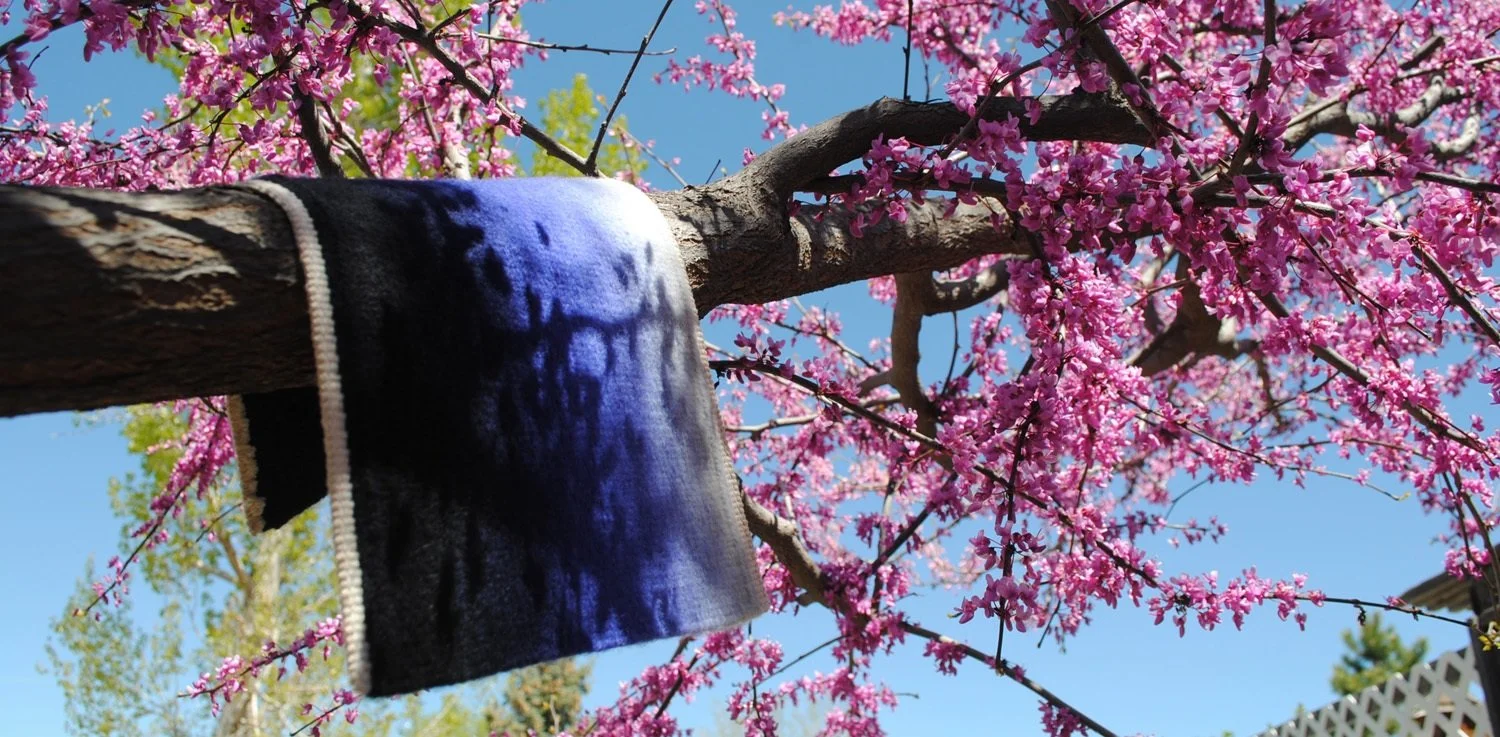The number of online courses I offer has expanded in recent years and it can be hard to know which one might be the best for you to start with. There are descriptions for each of these courses on my website including trailer videos, just follow the links. Below is a list of the courses I’m currently offering and then a few tips on how to choose.
Questions from The Art of Tapestry Weaving: Choosing weft yarn
My book, The Art of Tapestry Weaving, is a tapestry techniques book. Published in November of 2020, I wrote it for my students and for anyone interested in tapestry weaving. I wanted to write a book that would become the reference that is always beside your loom. The book is quite comprehensive and I believe will be a great resource for beginners and more experienced practitioners alike.
There are always things that there isn’t room for in a book, even one that is 300 pages long, so I’m devoting some blog time to addressing frequent questions from readers of the book. I probably get the most questions from beginners about yarn. The video below was one that I did during launch week of the book in November and I think many people missed it because it was part of the launch.
The time-saving magic of a few simple records (and the yarn I don't remember dyeing)
I’ve been working on a design for a new large format tapestry. At this point I’m still calling it the “rock piece” and it is fortunate that I have been using that term in my notes in various places for years because that consistency allowed me to unravel a little mystery last weekend. I’m pretty set on the cartoon for this piece and have even enlarged it full scale as I consider final color selections and potential ways to realize this idea. Seeing it full scale allows me to really see what the forms will be like when woven and gives me another opportunity to play with the design if I want to change it. Most of my decisions will have been made by the time I start weaving.
Woven Color: James Koehler and his legacy
James Koehler was a contemporary tapestry artist living and working in New Mexico. He was my teacher and the teacher of many other tapestry artists over a span of about 20 years. He passed away unexpectedly ten years ago today, March 4, 2011 at 58 years of age.
Many of you probably took classes from him also. Perhaps you visited his studio, were in a class with him through your guild or a conference, or were even one of his apprentices at some point.
Weaving from the Front vs. Back: Questions from The Art of Tapestry Weaving
Oh my but I get this question a lot. Should I weave from the front or the back? Or if you’re brand new to tapestry weaving, your question might be, WHAT??? What does that even mean, weaving from the front or from the back?
I’m spending some time addressing questions from readers of my book, The Art of Tapestry Weaving on the blog, and this is one I get not only from readers but from students in my workshops and online courses.
What does it mean to weave tapestry from the front or from the back?
I demonstrate this in the video below, but the short answer is that the side of the tapestry that will be showing when hung on the wall or used in some other manner, is the front. Tapestry is a one-sided fabric in almost all cases* and it is important to know which side of the weaving will be showing when it is displayed.
What is the best way to use a skein of yarn? Put-ups for tapestry and other yarn activities.
Yarn comes in many forms. If you saw the video I did last week about making yarn balls, you’ll realize that there are different ways your yarn might come packaged. Many of those forms are usable just as they are, but one particular configuration is almost impossible to use without transforming the yarn into a different shape, the skein or hank.
How a yarn is packaged is called put-up. That just means that it comes in a skein, on a cone, on a tube, in a cake or ball, or wound on a card. The image and gallery below shows those various put-ups.
Questions from The Art of Tapestry Weaving: Ball Winders
I have had some wonderful emails from people all over the world about my book, The Art of Tapestry Weaving, which was published in November of 2020. There are some concepts that are harder to translate into images and text and a video can really help demonstrate and some of you have sent me these questions over the last few months.
I have had yarn around me my entire life. Because of this long exposure to this very addictive substance, it is sometimes hard for me to remember that the way we use or manage yarn can be pretty foreign to people who did not toddle around with a ball of it in hand as an infant.







